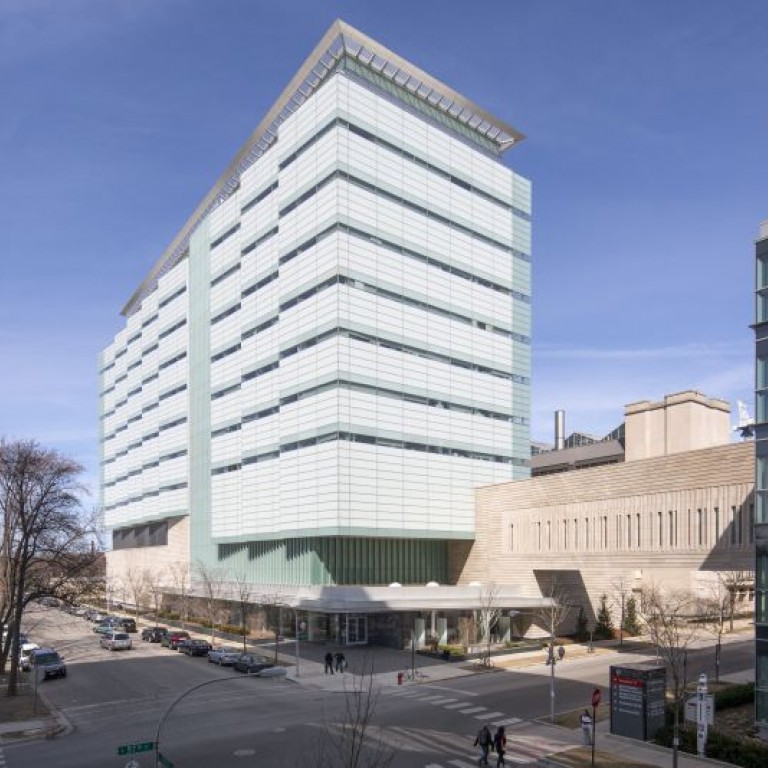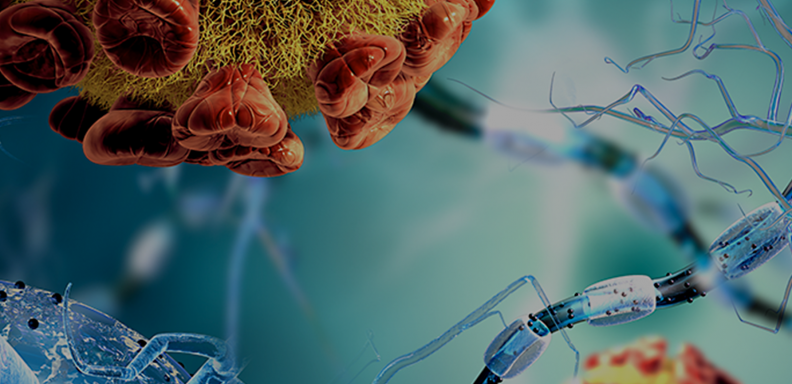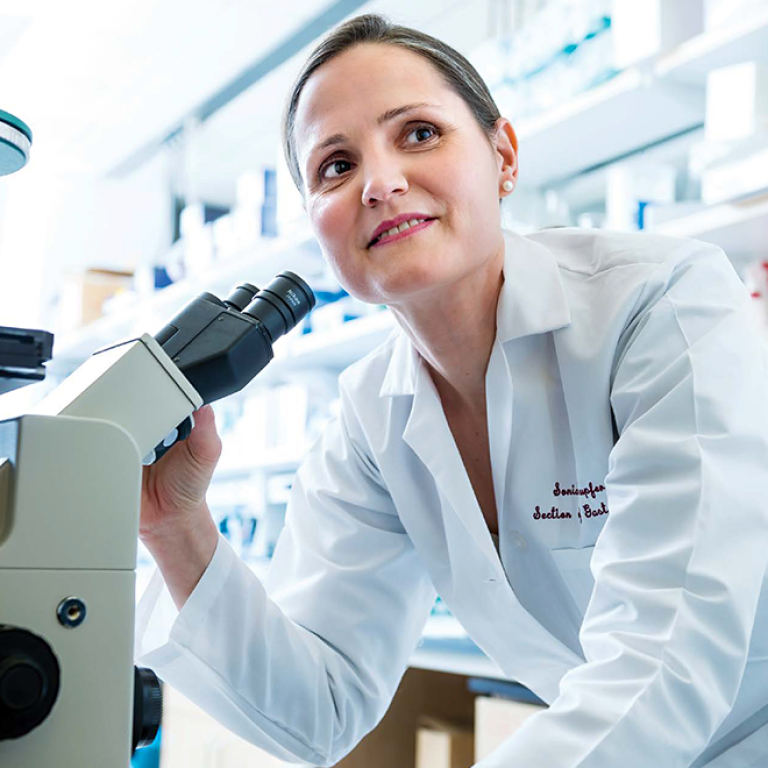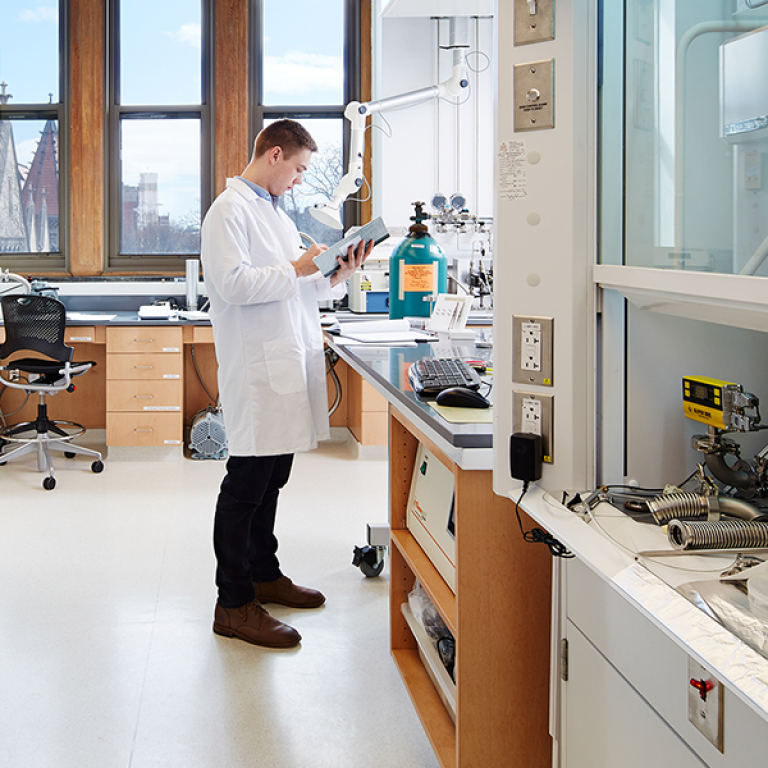Understanding the root cause of type 1 diabetes (T1D) has been elusive because it involves a complex series of factors, including genetics, lifestyle, and history of related chronic conditions. Diet and the makeup of commensal bacteria living in the digestive system can also affect the development of T1D, but how those two factors work together has been unclear.
In a new study published in Cell Host & Microbe, researchers from the University of Chicago showed that a diet based on casein, a milk protein, protects mice from developing T1D, improving the function of insulin producing cells in the pancreas and limiting the autoimmune response. However, when gluten (the cereal protein commonly associated with celiac disease, another autoimmune disorder) is added to their diet, it overrides the protective effects of casein. The mice continue to produce an autoimmune reaction and develop T1D, but only when certain types of bacteria are present.
The research, said Alexander Chervonsky, MD, PhD, Professor of Pathology at UChicago and senior author of the study, highlights the intricate interplay among diet, the immune system, and its microbial partners in facilitating—or protecting against—disease.
“Gluten has been shown to affect type 1 diabetes in humans, and we know it’s proinflammatory, causing celiac disease. So, it was an obvious choice to test out here,” Chervonsky said. “And sure enough, it reversed the protective effect of casein. But we also see that there must be bacteria present for gluten to have this effect now. That’s when it became most interesting.”
Dietary interventions depend on the microbiome
Microbes that live in the digestive system can have a significant impact on health, generating metabolites, producing signaling molecules, and interacting with the host immune system. The shape of the microbial community can change rapidly in response to diet, so researchers believe that any dietary interventions for treating autoimmune diseases would also be highly dependent on the microbiome.
To study the interactions between diet and microbes leading up to autoimmunity, Chervonsky’s team worked with the non-obese diabetic (NOD) mouse model of T1D, a commonly used strain of mice that are prone to developing diabetes. Once they observed the protective effects of a casein diet, followed by the overriding effect of gluten, they wanted to see how microbes played a role.
The researchers fed the casein diet to germ-free (GF) mice, which are specially raised so they don’t harbor any microbes, and specific-pathogen free (SPF) mice, which don’t have any common disease-causing pathogens. The diet also protected those groups from T1D—the incidence was significantly reduced and in the few mice that became diabetic, the onset was delayed. This means that the protection offered by the diet was microbiota-independent, since GF mice and SPF mice responded the same way. The researchers believe that casein reduces insulin secretion from islet cells in the pancreas, which limits their exposure to autoimmune responses that would otherwise incorrectly attack them.



